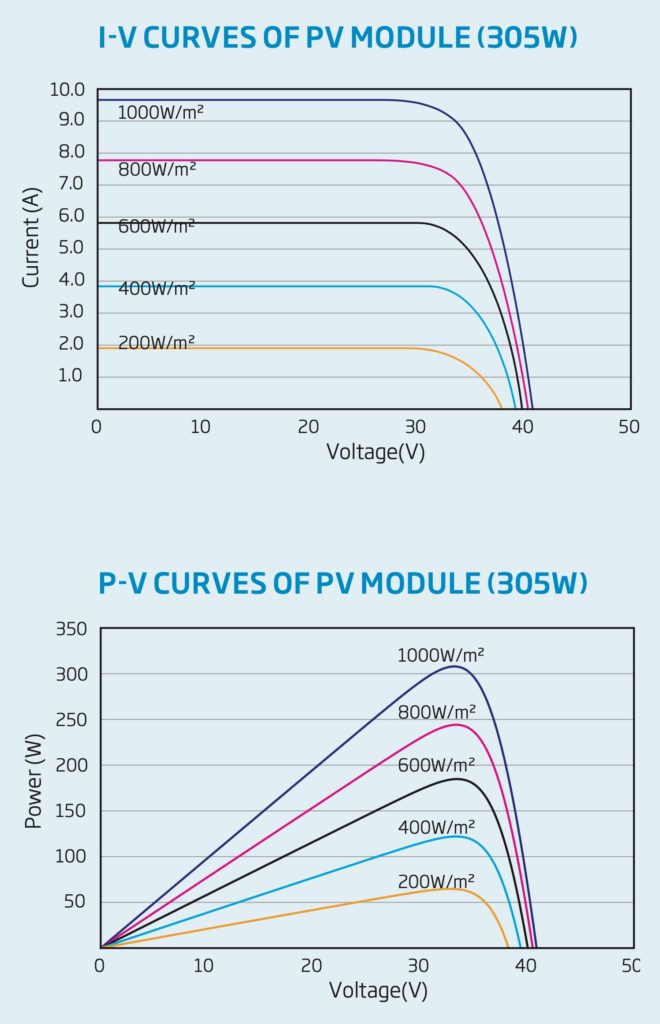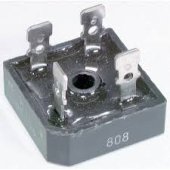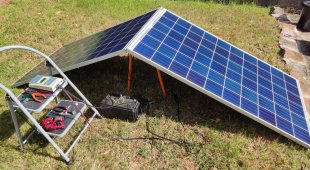Checkthisout
Solar Wizard
- Joined
- Nov 14, 2021
- Messages
- 4,800
Panels facing different directions and put in series with each other is the worst possible thing to do.
All that does is turn the bypass diodes into heaters.
I think that you are mixing two different things together.
Yes. I would think this would be akin to putting two batteries in series that have differing cell voltages.
The low cells become a source of resistance.
Where as in paralell, our charge controller will just pull down the voltage to that of the lower battery and turn both batteries into current sources.
Yes, in the case of solar panels, this pulls the higher panel out of it's optimum Vmp but I just don't think the difference is that much, especially when you consider the bypass diodes.





